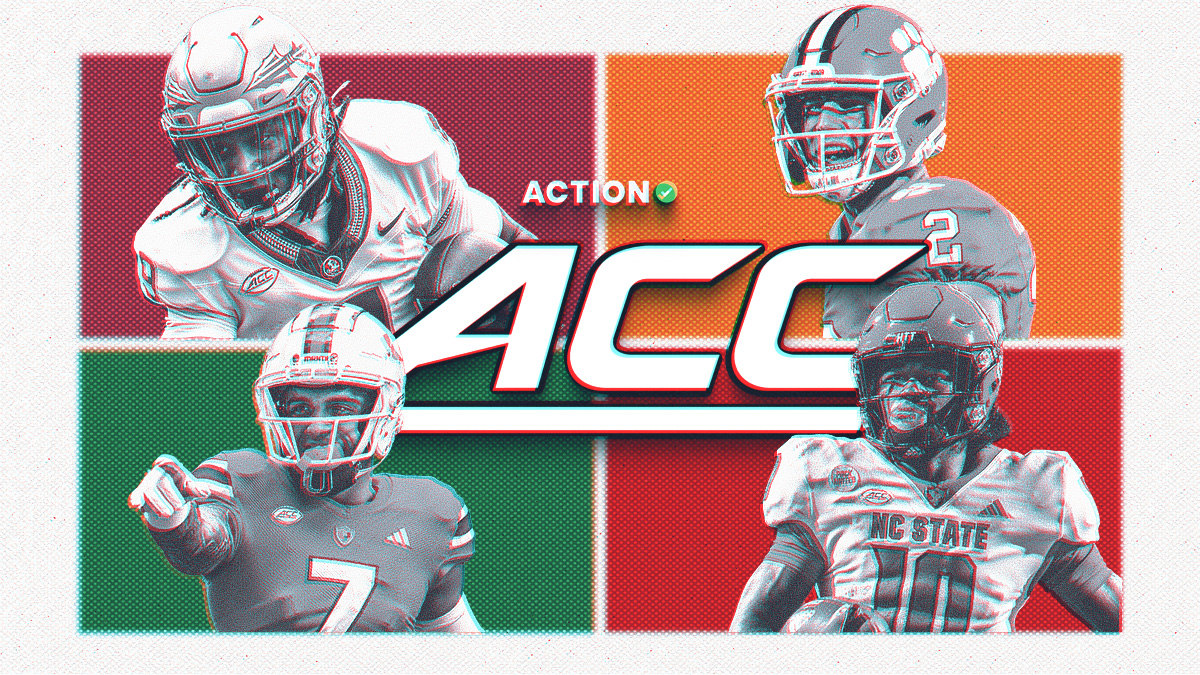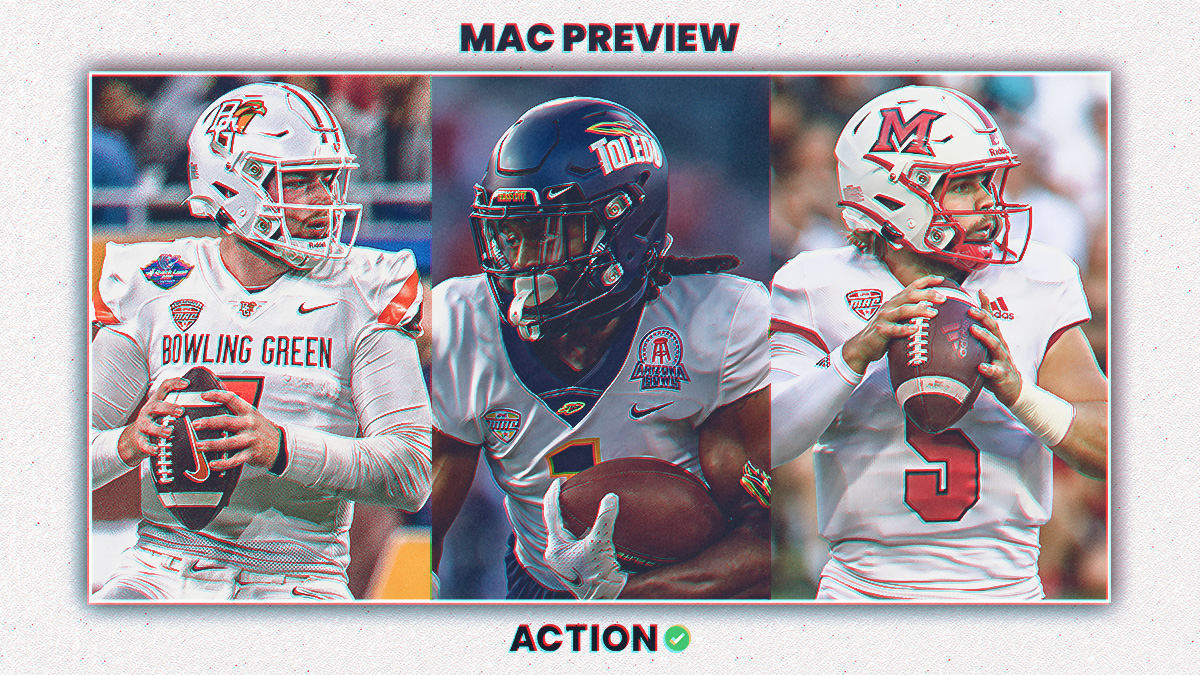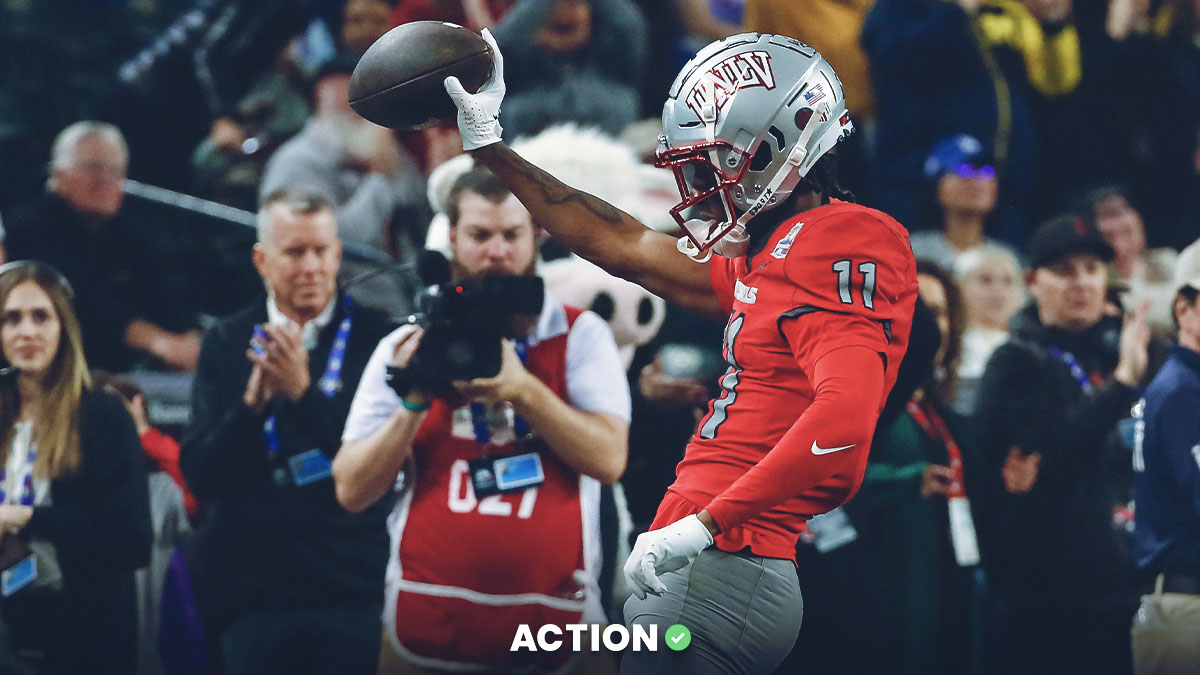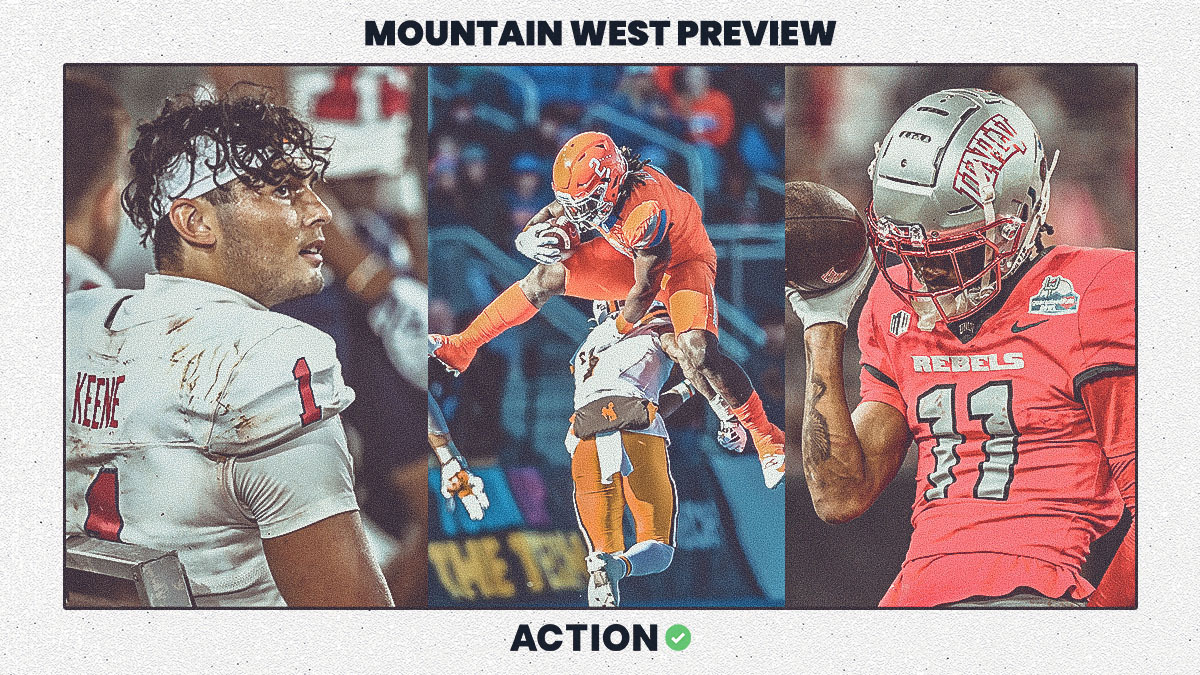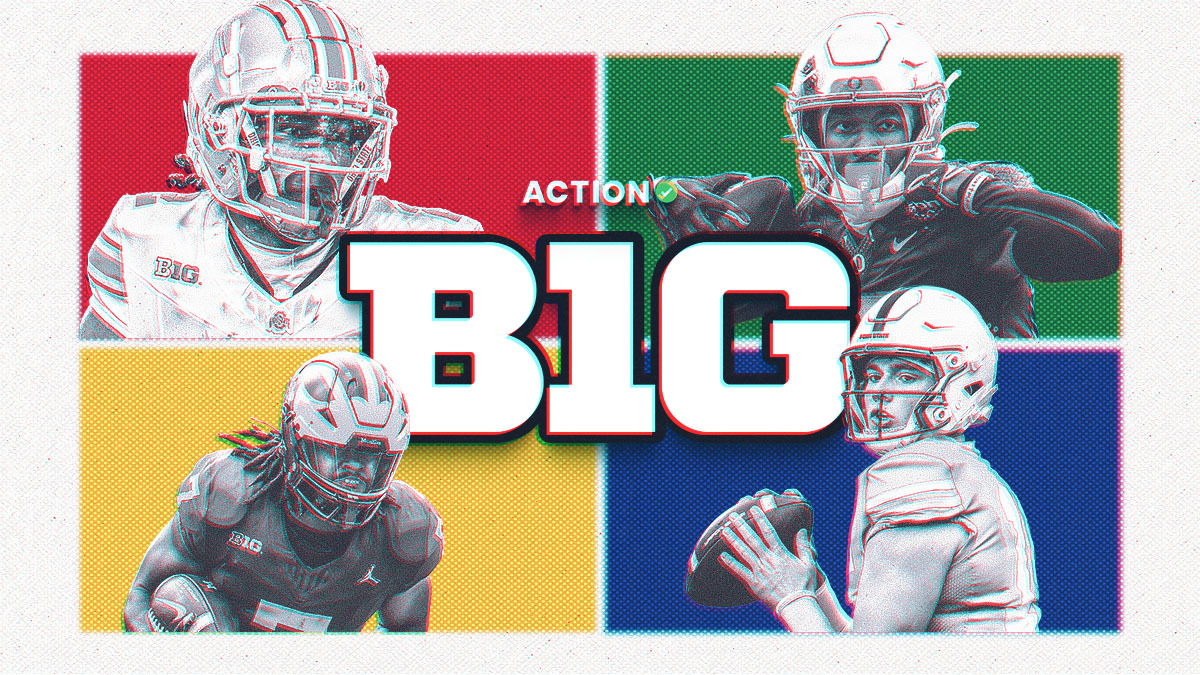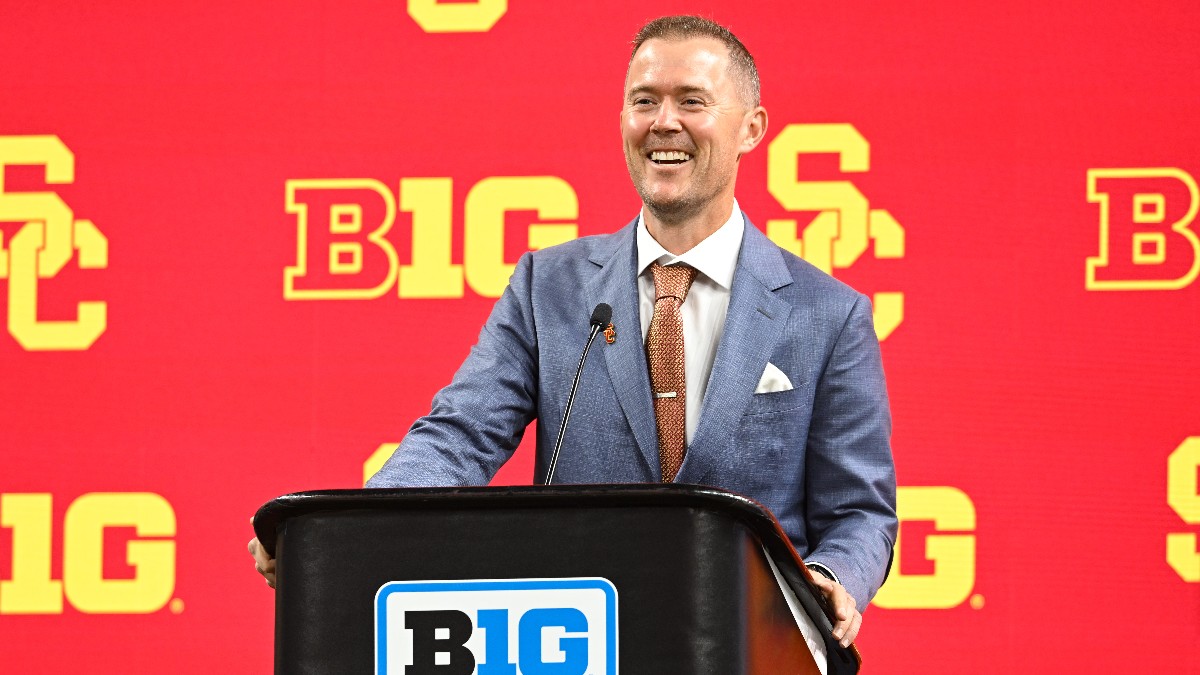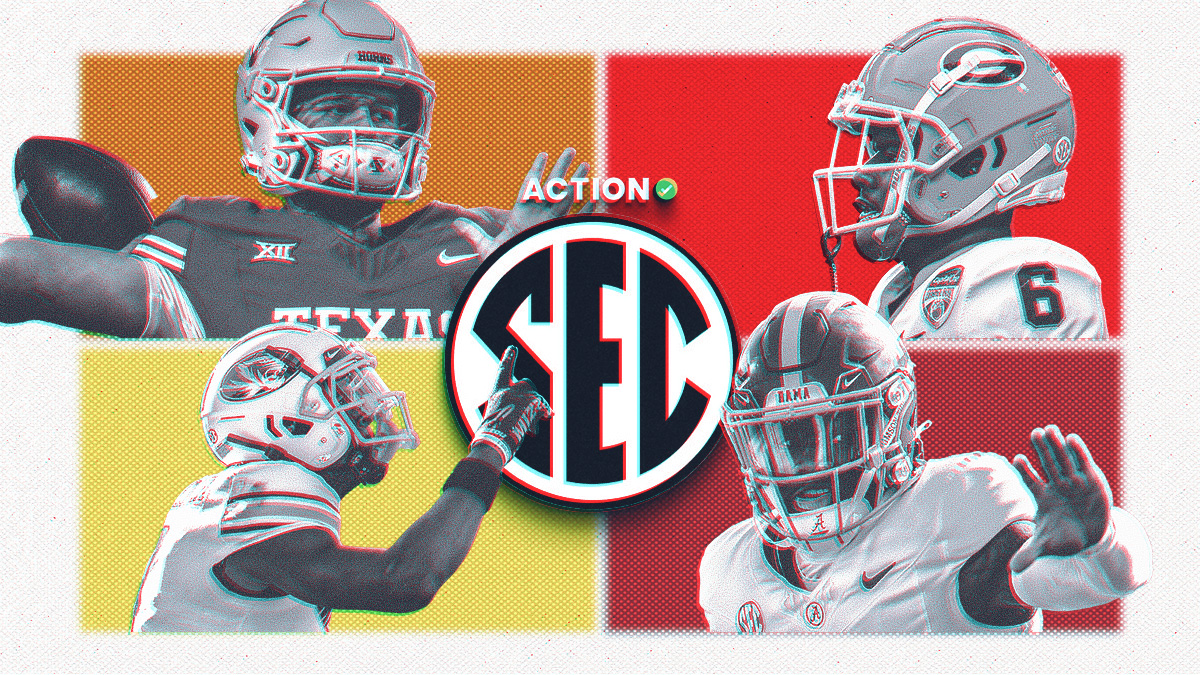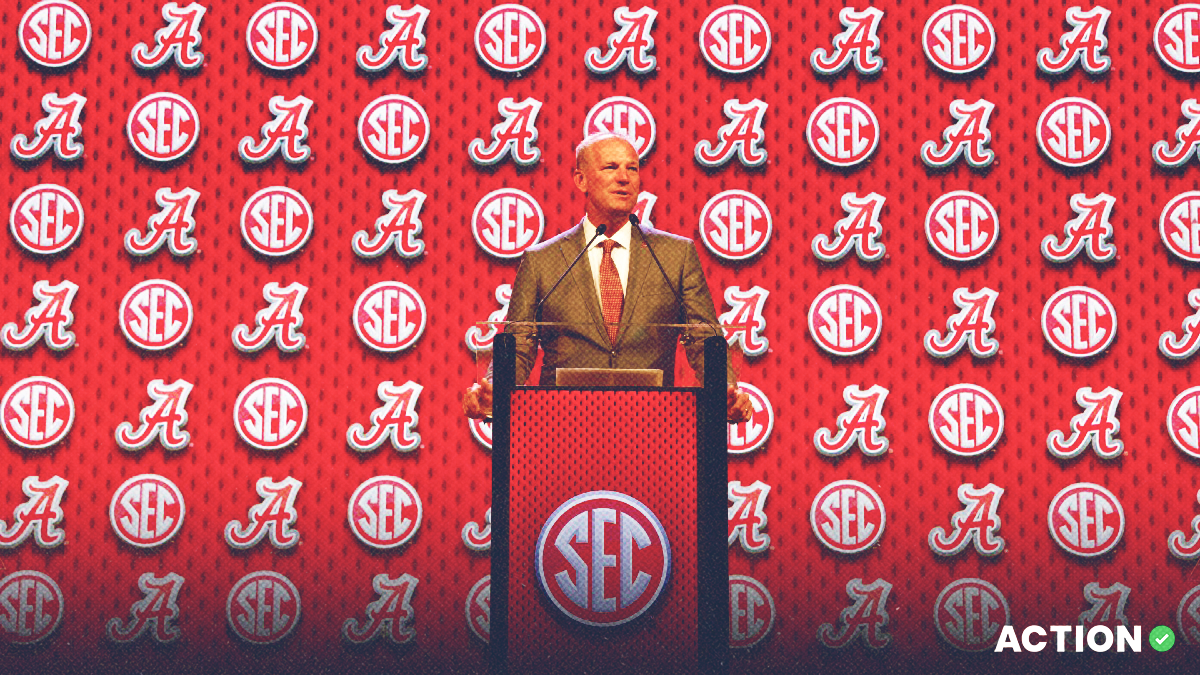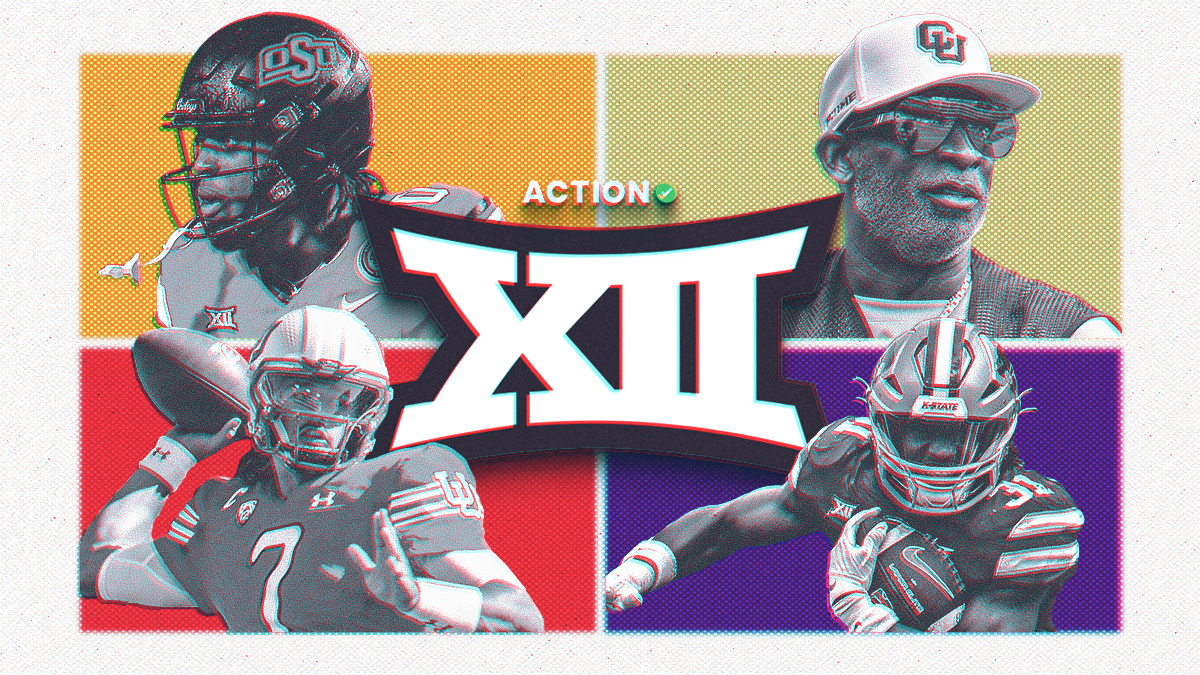The College Football Coaching Job Model: Using 22 Data Points to Rank Every Power 5 Gig
Joe Robbins/Icon Sportswire via Getty Images. Pictured: Alabama head coach Nick Saban.
We can sit here and argue endlessly about the best coaching job in college football. Is Auburn a better job than Ole Miss? What about Purdue vs. Louisville? It goes on and on.
Or we can try to put some data behind it. So I created a model that ranks the Power 5 coaching jobs, and even if it's far from perfect, it's better than just guessing.
I compiled data across more than 22 categories per school that fit into three buckets — financials, recruiting, and history. The full list of categories and percentages is at the bottom of this article.
There are of course some flaws in these rankings, chief among them that private schools don't report detailed revenue like public schools. You can read more about my flaws and methodology here.
This concept was first ideated by Reddit user SlamDunkley33 in January 2021. I added a bunch of data points, updated it all for 2022 and applied what I believed were the most important factors for what makes a coaching job great. I took the categories and assigned them percentiles, applied the weights, then added them up for a total "model score."
I tried my best to disassociate recent performance from "the actual job" moving forward. That's why Virginia Tech and Oklahoma State are pretty low — they've been good on the field for the last two decades, but their financials are way behind the top programs in the country.
I relied heavily on the wonderful data from College Football Data, USA Today, the Knight-Newhouse College Athletics Database, 247Sports and more.
Here are the overall model rankings, with each school's rank in the individual categories also included in the next sheet. If you want to look at all the data or play around with it yourself, you can copy this spreadsheet and change the weights in the "Categories" tab.
The Top 10
I was pretty pleased with the teams that make up the top 10, but Texas A&M might be a tad too high. Their massive athletic department revenue gives them the edge over the back half of the top 10.
It's hard to argue against Georgia, Alabama and Ohio State as the top three. The order can definitely be debated, but they're all very close. Tweak one weight, and UGA will jump Bama, or vice versa.
Some thoughts on the teams near or just outside the top 10:
- Clemson gets dragged down by the ACC. Change its conference to the SEC, and it jumps from No. 13 to No. 5.
- Auburn is a weird one. I think it's ranked about right, but there's a weird vibe around the expectations there. It has the resources to be a top-10 program, that's for sure.
- I assigned Notre Dame to the Big Ten to more accurately reflect its financial stability. Its situation is much more on par with the Big Ten's elite due to its TV deal (and future leverage for its next TV deals). I was surprised to see ND outside the top 10, but it's possible its private status doesn't capture its financial might.
Teams That Feel Too High
Michigan State (17)
Sparty would be further down if Mel Tucker hadn't gotten that massive contract last offseason.
Kentucky (24)
The Cats don't have much football history, and it's a basketball school. But its financials are strong, and it's in the SEC.
Northwestern (37)
I'm not surprised to see Northwestern here, but the Cats are ahead of a logjam of Big Ten schools — Rutgers, Maryland and Purdue. NW's biggest bump comes from its high ranking for facilities from 247Sports.
Teams That Feel Too Low
Oregon (23)
There's no way to factor in how "cool" a program is. I do think Oregon's brand should give it a bump — the uniforms, the Nike ties, etc. — but I couldn't capture that.
North Carolina (33)
UNC's brand would also probably give it a bump, but it gets dragged down by the ACC.
Oklahoma State (44)
I started following college football in the early 2000s, and OK State has been quite good since then. So, maybe my perception is warped. Its financials lag behind many schools, though, which is going to tank its overall ranking.
Kansas State (63)
Kansas State should be pretty low, but it shouldn't be lower than Kansas, right?
The Flaws
As I worked on this, it became clear there wasn't a great way to quantify every factor that we know makes coaching jobs good and bad.
Here are a few, which were also pointed out in the original Reddit comments.
The Private Schools: The most obvious flaw is that private schools don't report detailed athletic financials. So, I had to make some fairly big leaps of faith by finding reports about coaching salaries and athletic department revenue, then using a comparable public school for the other financial factors.
Other missing data: There's some random missing data from public schools, like Penn State's assistant coaches and West Virginia's recruiting spend from 2020. I tried to fill it in with comparable programs or past years, if possible.
Academic standards: I didn't rank every school's academics because I didn't think that was fair or necessary.
But I wish I could have found a better way to bucket the two types of CFB jobs — ones whose schools have high academic standards that prevent them from taking any player they want, and everyone else. Schools like Notre Dame, Stanford, Northwestern and Duke would take a hit here.
The Overlap: There's overlap in these factors. The five-year recruiting average will overlap some with the 2022 Talent Composite. The recruiting spend will overlap with overall football spending.
Capturing head coaching salary: I don't think head coach's salary for 2022 is a fair way to measure what a school is willing to pay a coach. So, I took the highest salary ever paid to a coach and adjusted for inflation from that year if the highest salary wasn't from this season.
Think about it like this — Oregon paid Chip Kelly more in 2011 than it did to Mario Cristobal in 2020 because Cristobal was promoted internally. But that doesn't mean Oregon isn't willing to pay a coach big bucks, necessarily.
In-state recruiting: Home state is not always a limiting factor in recruiting. Clemson ranks poorly in blue chip percentage by state because South Carolina doesn't have tons of elite players. But Clemson sits on fertile recruiting ground because of its proximity to Atlanta, Charlotte and even Florida.
There are ways to quantify a school's proximity to recruiting talent, but it's beyond the scope of this. Maybe next year.
Accounting: There are discrepancies in the way schools do their athletic department accounting. And some NCAA rules even require athletic departments to pay money back to their own school and count it as an expense. So, I wanted to focus more on athletic department revenues and spending separately, as opposed to "profitability" of an athletic department.
Alabama "lost" $22.4M in 2019 but has "made" $10M+ every other year since 2010. Their athletic department didn't suddenly implode, I don't think.
The "Easier" Path: There's a common argument about whether or not Clemson would rather have its current path to the ACC title and College Football Playoff vs. the financial security of the Big Ten or SEC.
To me, the financial security is much more important.
The Process
1. Financials (60%)
We put more emphasis on financials than the original model because it speaks to how serious the school takes football.
Things like conference payouts, highest coaching salary ever paid, athletic department revenue and athletic department growth should all be stickier moving forward than one coach's recruiting success.
For the 11 private schools which do not report detailed financials, I found some reports about overall athletic department revenue, and then found a comparable public school and used those numbers for the private schools. It's far from perfect, but I believe it's better than me trying to guess what Wake Forest spends on recruiting.
Conference is also a massive factor in 2022. The Big Ten and SEC have such a financial advantage over the rest of the country over the next decade that those jobs get a huge bump.
2. Recruiting (25%)
Recruiting is the lifeblood of a great college football coaching job.
It's difficult to separate the pure recruiting potential of a school from its current or previous coaches — i.e. Alabama has recruited incredibly well under Nick Saban not just because it's Alabama, but because he's Nick Saban.
The model includes things like overall recruiting rankings and blue-chip prospects in a given state. I lowered the weight on some of that since recruiting has become more national in the Internet era. Oklahoma and Clemson shouldn't be punished too much because they don't have elite talent in-state.
3. History & Success (15%)
Like recruiting, it's difficult to separate Saban's success from the potentialto succeed at Alabama. But the work Saban did doesn't disappear when he finally moves on — Bama's dominance over the last two decades makes it a better job for his successor than if he'd failed.
We included things like total NFL Draft picks and first-round picks since 2000, AP Poll history, and more.
The Categories, Explained
1. Highest Coach Salary (6%)
I didn't think 2022 coaching salary was a fair way to judge how much a school is willing to pay its football coach.
So, I took the highest total comp a school has ever paid a coach and adjusted for inflation if the year wasn't 2022. Most of the highest marks were this year.
I still don't think this is entirely representative of what a school would pay a coach, and there are a few outliers (like Notre Dame and Michigan State).
2. Assistant Coaching Salary Pool (7.5%)
One of the biggest complaints you hear from coaches at mid-tier Power Five programs is that they need more money to retain assistants. I think assistant spending indicates how much a school is willing to commit to its staff, making it an important factor in any job.
3. Strength Coach Salary (1.5%)
Like assistant coaches, schools that are spending north of half-a-million dollars a year on their strength coaches know the value of them.
4. Atheltic Department Revenue, 2019-2021 (5%)
As I've said several times, it's really difficult to nail down the "profitability" of an athletic department without some serious accounting work.
Plus, we tend to judge the upside of businesses by revenue, not always P&L.
5. Ath. Department Revenue, 2010-2021 (5%)
A longer-term look at athletic department revenue.
6. Football Spending Rolling Average, 2016-2021 (3.5%)
Like assistant coaching pools, money spent on football is a good indication of how serious the school takes it.
7. Athletic Department Revenue Increase Percentage from 2010-12 to 2019-22 (5%)
I wanted to look at how each athletic department has grown its revenue over the last decade. The 2020-21 data might be a little wonky due to COVID-19, but everyone was on a similar playing field.
8. Average Money Spent on Recruiting, 2016-20 (3.5%)
The data from Knight-Newhouse ends in 2020 for recruiting spend so I used an average of 2016-2020. Again, it's meant to outline how willing the school is to spend on the lifeblood of its football program.
9, 10, 11:2022-23 Conference Payouts, 2024-26 Conference Payouts, 2027-29 Conference Payouts (22.5% total)
Navigate projected the total conference payouts per team through 2029, and the differences between the SEC and Big Ten, and everyone else, is staggering.
In 2027, they projected $99M for the SEC teams, $89M for the Big Ten and $49-53M for the other three conferences.
That's a wild discrepancy, and I believe the gap between the "Power 2" and everyone else will grow bigger over the next decade. If you're a coach with a lot of options and a long-term vision, you probably want to be in the Big Ten or SEC.
12. 247Sports Facility Rank (3%)
247Sports ranked the top 25 football facilities in the country, so that got some weight. This is a huge modern recruiting advantage, and coaches at schools with subpar facilities are always clamoring for upgrades.
If the team didn't make the top 25, I just put them as an average of the remaining 40 teams.
13, 14:10-Year & 5-Year Recruiting Average (6%, 4%)
It's hard to separate a school's independent recruiting advantages from the coach itself. Alabama recruits at that level because of Saban.
But the advantages his successors have won't vanish overnight. The job should get some credit for strong recruiting history.
15. 2022 Talent Composite (6%)
I don't think many coaches take jobs because the team they're stepping into for that one particular season is really good. But I wanted to capture something about the current makeup and ability of that team, so I used the 247Sports Talent Composite.
16. Percentage of All Blue-Chip Recruits in Home State, 2018-2022 (3%)
It isn't 1972, so teams aren't contained to their home states when recruiting.
Clemson is the best example of a team I already hit on — while South Carolina doesn't have elite recruits, the Tigers are short drives to Atlanta and western North Carolina, which includes Charlotte. They also recruit very well in Florida.
For these reasons, I didn't put too much weight on these two categories.
There are ways to measure recruiting ground fertility that's not limited to a single state, which I'll try to work on soon.
17. Percentage of All Recruits in Home State, 2018-2022 (3%)
This looks at all of the players listed by 247Sports and finds the percentage who are from that state. So naturally, Texas, California and Florida are the highest.
But a state like Maryland has a higher percentage of blue-chippers than neighboring Pennsylvania (due to one particularly talented pocket in the DMV area) but fewer total recruitable players due to population.
18. First-Round Picks Since 2000 (3%)
Recruits care about getting to the NFL, but I'd venture to guess they place more emphasis on what the current staff at a school can do to get them there, not necessarily a school's full history. But I wanted to capture something related to prestige around sending players to the NFL.
19. Draft Picks since 2000 (3%)
The best way to do this would probably be to find the schools that overperform in sending players to the NFL — many of the five-stars Alabama gets could have gotten there no matter what school they picked. But NFL Draft picks are an important historical component of a job and should capture some of the upside the program has.
20. Weeks in AP Poll All-Time (3%)
The AP Poll is far from perfect but I think this helps capture history — how often has a team been relevant in the last 100 years?
21. Weeks in AP Poll since 2010 (3%)
Again, this is far from perfect, but it helps broadly capture how nationally relevant the program has been since 2010.
22. Win Total Expectation (3%)
I do think there's a little merit to "having an easier path." Whether that's the CFP, a NY6 bowl, or just a bowl, there are some coaches who would want the easier road in the ACC or Pac-12 instead of coaching a good-but-middling SEC West team that finishes 6-6 every year.
While conference affiliation for financial purposes is far more important, I didn't want to discount this entirely.
So, I took each team's average win total over the last five seasons (minus the COVID-shortened 2020) to create a "win total expectation" — the lower, the better actually. This takes some pressure off of the coach.
I'd like to find a way to flesh out "expectations" or "pressure" in a more quantifiable way at some point.
How would you rate this article?






